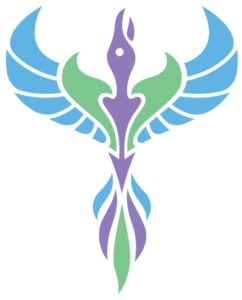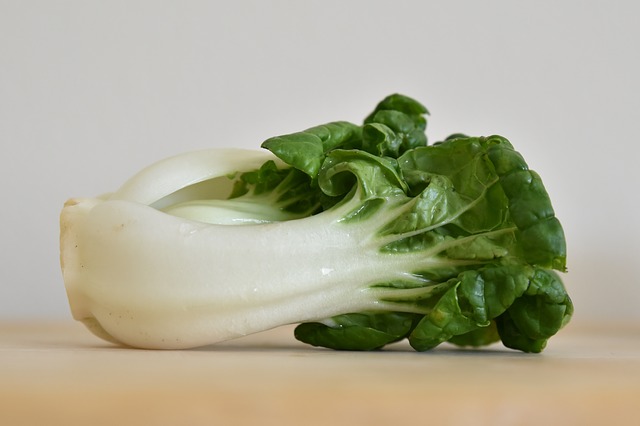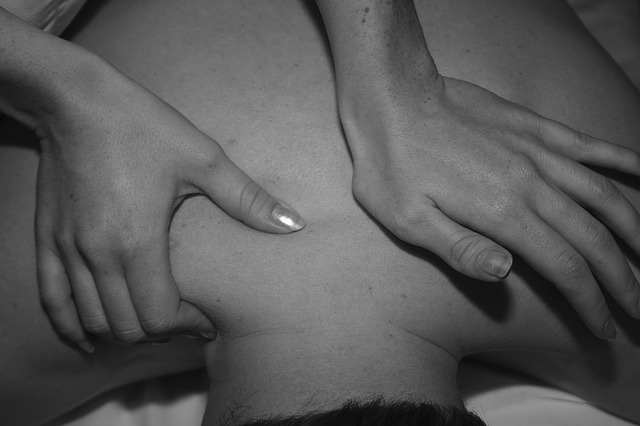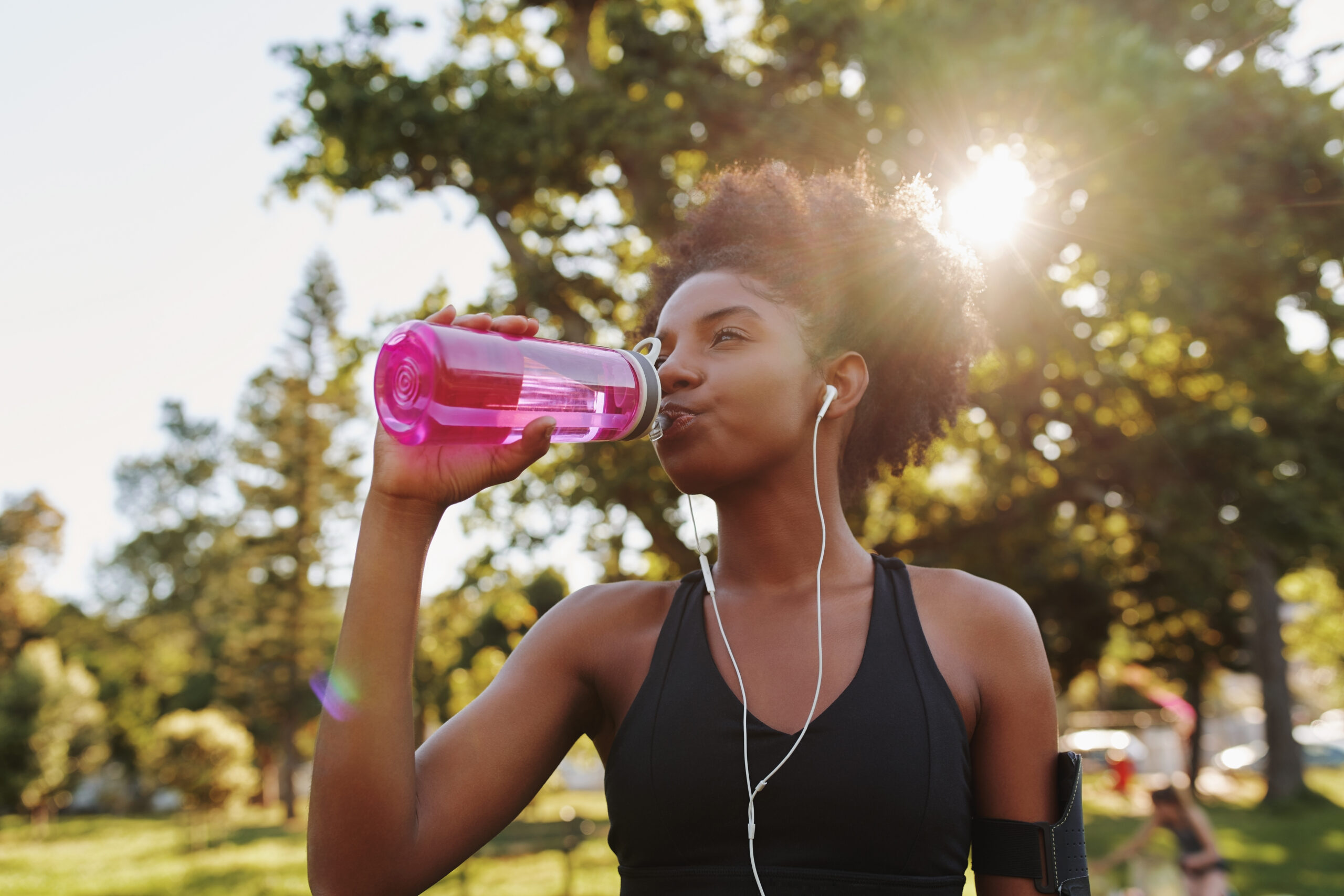Posts by Karen
Alcohol and Healing
For people trying to rehabilitate from a variety of back-pain inducing conditions and injuries, the pain-masking effect of alcohol could be causing you more trouble than the consumption is worth. Alcohol is known for it’s anesthetic quality which make it an easy go-to when severe pain or stiffness has got you down. However, along with this comes a host of other side-effects which could be sabotaging your rehabilitation progress.
- Pain is a signal: we shouldn’t try to block out clear distress calls from our body. Instead, we should focus on finding the root of the problem, healing it, and strengthening to prevent further injury.
- Alcohol is an impediment: muscle growth, hydration and energy levels are all affected negatively by alcohol.
- Sleep deprivation: faulty logic leads us to think that the sedative effect of alcohol helps us reap a restful and productive sleep. While it may help you to clock out, achieving the full benefits of REM sleep is made more difficult with alcohol consumption.
- Encouraging a sedentary lifestyle: Alcohol inhibits us from following through with activities that would have gotten our bodies moving and strengthening.
At our office, we help people find balance. When seeking success in injury recovery, we want to stack as many odds in our favor as possible. Alcohol, for all its effects negative and positive, could be counter-productive to your rehab plan. We can provide you with chiropractic adjustment, therapeutic massage, and teach you stretching and corrective exercise that will keep your joints limber and muscles strong. From there, minor lifestyle adjustments can make the difference between an efficient recovery and a drawn-out one.
The Perfect Pillow
It’s time to take stock of your pillow flock. How many of them are providing you with the comfort and support needed to sleep productively? On the flip side, how many of them are causing you to toss and turn in discomfort, and putting you at risk for obesity and depression? If assigning such serious outcomes to an inanimate object seems excessive, the logic is simple: a less perfect pillow causes you to get less rest. Less rest and sleeping at an improper angle will worsen the following symptoms:
- Headaches
- Neck pain
- Breathing
- Back pain
- Mental clarity
- Physical performance
If you have been holding on to a beloved bag of feathers, it may be time to toss it aside and invest in a better pillow. The elements of a good pillow are simple: while brands vary in quality, you want to seek out a pillow that maintains the neutral alignment of your spine by assuming the space between mattress and neck. In this picture, your spine would maintain a straight line through the neck region. This means different things to different sleepers:
A side-sleeper wants a firmer pillow to assume the distance between the mattress and neck, as measured from the outside of the shoulder.
A back-sleeper wants a thinner pillow to avoid moving the head at too much of a forward angle.
Stomach-sleepers may not need a pillow at all. However, using a pillow under the stomach can prevent the lower back pain that befalls many stomach sleepers.
A pillow can be a very important and sentimental purchase. Taking the time to find the right one can make all the difference in your well-being. For help maintaining spinal alignment throughout all phases of day and night, give our office a call to schedule an appointment.
Herniated Discs
Herniated disc prevalence is on the rise in America. As modern trends lead us into more sedentary lifestyles, the cards become stacked against the spine’s chance at longevity. Cell phone obsession, desk-bound work schedules, and the wide availability of electronic entertainment have taught us to sit more than ever. At our office we are concerned with protecting the integrity of your spine, the superhighway of the nervous system, so that you can enjoy old age without the incursion of back pain and stiffness. While most herniated discs will heal themselves given enough time, the time frame can vary depending on how much attention and care is devoted to the injury. Being proactive about your pain is the best way to heal and prevent the recurrence of injuries in the future.
Herniated discs are most commonly a wear and tear injury. Performing the shock-absorbing function for the spine, these discs are located between each vertebra and are composed of cartilaginous material. A disc herniation refers to a condition where the disc bulges or breaks and moves outside of its normal space. This bulge often puts pressure on nerves that are exiting the spinal column nearby, creating the pain, inflammation and stiffness that is associated with the injury.
Most commonly, herniated discs are caused by the wear and tear of age: because we don’t pay enough attention to the nutrition and exercise that is needed to maintain their health, these shock absorbers degenerate until they reach a breaking point. Herniated discs can also be caused by more acute forces such as whiplash.
So, do you want your injury to be one that heals in 6 weeks or 1 year? Do you want your injury to be one and done, healed and strengthened against future injury? We can help you enact a plan that involves chiropractic adjustment, spinal decompression and therapeutic massage that will reduce your pain and get you back on your feet. From here, the trajectory is upward: paying attention to nutrition and exercise can help you have a happy, healthy back long into life.
How Stress Creates Pain
On the whole, our society operates with levels of stress that are bound to cause damage. Feeling great physically begins with feeling great mentally; how can you reasonably expect to overcome pain, lose weight or achieve any health objective if your mind is clouded by stress? We want to give you some reasons to consider using our treatment to reduce stress and feel less pain.
While stress is the word used to describe a state of mental or emotional tension, it often manifests itself physiologically. High blood pressure is frequently linked to chronically high-stress levels, such as headaches and muscle tissue deterioration. We often hear people complain of joint pain when they are experiencing prolonged stress. Here is a concrete example of stress creating pain: Do you ever feel tense or tight in the shoulder and neck region during a day of work? Your body is accumulating tension as you work and, as stress levels rise, tension increases. This kind of prolonged tightening can also create a misalignment in the vertebral column which will result in undue pressure on the nerves and pain.
Chiropractic can be used as a successful therapy for stress. Through spinal adjustment, we ensure that your spine is properly aligned and nerves are free and functioning effectively. By addressing regions that are causing you pain, we remove the need to worry about a problem area that adds to the build-up of stress. Furthermore, we focus on boosting your blood circulation to ensure that all the processes of your body are adequately supplied with oxygen and nutrients. Call our office today and find out how we can help you stress less and feel better today.
Stretching with Resistance
Resistance stretching is about optimization: it allows you to achieve the flexibility improvements of a stretch routine while simultaneously building muscle. The idea is counter-intuitive, relying on the notion that a muscle can be shortened and lengthened simultaneously, giving you the best bang for your buck when it comes to your time. The 2016 Olympics brought this modality into the spotlight, as many elite athletes have made it a part of their greater fitness plans. But you don’t have to be an Olympian to reap the benefits of resistance stretching; it can be helpful for anyone interested in maximizing the value per minute ratio in their personal fitness plan. Stretches we can show you at our office include:
- Resisted neck twists
- Resisted hip flexion
- Partner-resisted upper back stretching
- Partner-resisted hamstring stretching
- Core development stretching
Of course, none of these stretches should be undertaken unless your body is in conducive shape, meaning free of pain and with an appropriate range of motion that will prevent you from incurring injury. A chiropractic adjustment helps keep your spine balanced so that you can pursue any physical activity and feel confident that your body will not falter. Here are the benefits to be had from resistance stretching:
- Improves core stability
- Encourages spinal balance
- Improves flexibility and, thereby, range of motion
- Contributes to the longevity of the body, pun intended
- Improves joint mechanics
- Reduces joint stress and pain
Stretching and exercise are more about commitment than intensity; instilling a penchant for working out is a key way that you can influence your well-being. Call our office if you want to learn more about how resistance stretching can fit into your life.
Eating for Herniated Discs
There are no two ways about it: a healthy spine begins with the nutrients you ingest on a daily basis. The great thing about nutrition is that certain ingredients can be used to target certain conditions and help different parts of the body, so you can effectively customize your diet to account for any condition you have. Herniated discs are a great example of this: the recurrent inflammation and pain involved with a herniated disc can be affected positively by a diet that incorporates anti-inflammatory ingredients and those that encourage the production and maintenance of healthy cartilage.
The anatomy of the injury gives us clues as to what to eat. A herniated disc involves the cracking of the annulus fibrosus, which is made up of strong collagen fibers. Inflammation is a part of the body’s natural healing response, but it causes a great deal of discomfort. Foods and supplements to consider are therefore in the categories:
- Vitamin C: helps the body to form collagen, which binds to and supports tissue.
- Omega-3 fatty acids: found in high concentrations in fish oil, this is a great ingredient for combating inflammation.
- Foods rich in sulfur: sulfur is an essential mineral that supports collagen production. It can be found in cruciferous vegetables, arugula, dairy, eggs, and legumes.
- Glucosamine sulfate: often found in supplement form, this compound helps the body form chemicals that repair damaged cartilage.
Healing your herniated disc requires a holistic response. At our office, we can help you find relief from the pain and stiffness of the injury through a coordinated plan that involves chiropractic adjustment, spinal decompression, diet, and exercise.
Herniated Discs – How To Recover
A herniated disc is the logical outcome of 21st-century lifestyles which require more time spent sedentary than in any previous generation. The degree of the injury dictates the severity of treatment: while some people may incur a herniated disc without even feeling it, for others the pain is so severe as to require surgery. Most often, herniated discs will heal themselves given enough time and attention to recovery. At our chiropractic office, we offer therapy that responds to the individual when they decide the pain is too much to bear but they are not ready to consider surgery. We can help you manage and reduce pain symptoms and improve recovery time.
The human spine is made up of vertebrae and between each vertebra is an intervertebral disc, made up of two primary layers. The annulus fibrosus is the outer layer, made up of strong collagen fibers and the nucleus pulposus is a softer, gel-like inner layer that performs the shock-absorbing function within the spine. A healthy disc allows for a full range of motion and allows the vertebrae to withstand a reasonable amount of compression. Herniation is the compromise of this delicate set-up: as we age, factors such as lack of exercise, poor nutrition, persistently poor posture, and others conspire to crack the annulus fibrosus, allowing the inner layer to leak out or bulge. Pain often follows because the bulge will impinge on a nearby nerve root.
Chiropractic does not claim to be a panacea for herniated discs. Our treatment does not correct the actual tear; instead it support’s the body’s natural attempt at healing itself. With modalities such as chiropractic adjustment and spinal decompression, we can help reduce the severity of pain and inflammation so that you can focus on eating well and exercising lightly until it is healed. If you are still considering surgery, improvements in pain and mobility from chiropractic care serve as good indicators for success post-surgery.
Hydration For Health
What is a way that you can immediately feel better, mentally and physically? The answer is simple and natural: drink more water.
Staying hydrated is essential for maintaining good health and overall well-being. The human body is made up of about 60% water, and water is needed for numerous bodily functions, including regulating body temperature, carrying nutrients and oxygen to cells, and removing waste products. Dehydration can lead to a range of negative health outcomes, including fatigue, headaches, constipation, and kidney problems. It is important to drink enough water and fluids throughout the day to stay properly hydrated. The amount of water a person needs can vary based on factors such as age, activity level, and climate. It is recommended that adults drink at least eight 8-ounce glasses of water per day. Other sources of fluids, such as herbal tea or fruit juice, can also contribute to overall hydration. Staying hydrated can help to maintain physical and mental health, and is an important aspect of self-care.
As practitioners and proponents of holistic health, there are few things we can recommend more highly than getting your daily dose of H2O. What to expect from consuming your daily recommended amount of water (1 quart per 50 pounds of body weight per day)
- Clearer mental function
- Better physical performance
- Better metabolic and digestive function
- Healthier skin
- Lubricated joints and healthier muscles
- Better disposal of toxins
- Cools down your body
The list just goes on. However, throughout history, humans have been focusing on inventing tasty alternatives that distract us from consuming water. Water is often deemed to be too simple and bland in flavor. Perhaps this makes it unattractive: more people than ever reach for coffee, soda, and energy drinks which contain less hydrating qualities, but more sugar and caffeine which can wreak havoc on your immune system.
Ways to drink more water:
- Purchase a water bottle that you like and spruce it up with stickers. Make it something that you take around with you in your bag, like a best friend. Drink from it regularly and before you know it, it will be ingrained in your brain: you won’t feel the same without it by your side.
- Flavor your water naturally. Fill a pitcher with water and slice up fruit or citrus to put in it. Keep it in your fridge for a cold, refreshing treat.
When your body is low on water, your organs are forced to ration what they have, meaning they don’t function optimally. Make sure you are properly hydrated during the day and you will feel better, it’s a promise. Making changes to your diet to effect improvement in your well-being can be overwhelming. We urge you not to take this burden entirely on yourself, we are here to help! Give our office a call and schedule an appointment today.
Myofascial Pain Syndrome
Prolonged Tension That Causes Pain
Myofascial pain syndrome is a chronic pain disorder characterized by pressure in sensitive points in the muscles called trigger points. In MPS, the stimulus point of pain is not where symptoms are felt; rather, the pain is referred to other points in the body. For example, a point of tension in the back could be causing pain to be referred to your head and you may think you are having chronic headaches. Many people are familiar with muscle strain or prolonged tension that causes pain, but MPS is unique because the pain will persist and, in many cases, worsen. Fortunately, MPS responds well to conservative treatment modalities, of the kind we offer.
Symptoms of MPS include:
- Deep pain in a muscle
- Pain that gets worse with time, despite rest or treatment
- Tenderness in the muscles
- Referred pain
- Difficulty sleeping because of pain
Myofascial release and trigger point therapy are two modalities we utilize to help people suffering from myofascial pain syndrome.
- Trigger point therapy utilizes cycles of pressure and releases from the chiropractor’s fingerprints that get into the knots and release pain. While it is not the most comfortable form of massage, we follow up with a more relaxing hands-on treatment that helps increase circulation in the area, bringing oxygen and vital nutrients.
- Myofascial release treats the problem similarly by relaxing the muscles, stimulating the stretch reflex in the affected muscle, and improving blood and lymph circulation.
These are minimally invasive techniques that can help you find serious release from myofascial pain syndrome. Furthermore, we can show you ways to target trigger points from home or in the office so that you can help yourself next time the pain flares up.
Are you suffering after a car crash? Chiropractic can help.
Chiropractic is a holistic approach to healthcare that focuses on the musculoskeletal system, including the spine, joints, and nerves. It is commonly used to treat injuries from car crashes, as it can help alleviate pain, improve range of motion, and promote healing.
One of the most common injuries from car crashes is whiplash, which occurs when the head is jerked forward and then backward, causing strain and damage to the neck and upper back. A chiropractor can diagnose and treat whiplash by performing spinal adjustments and manipulations that realign the spine and reduce tension in the neck and upper back. In addition, they may also use therapeutic techniques such as massage, stretching, and strengthening exercises to relieve pain, improve mobility, and support healing.
Chiropractic can also help treat other types of injuries from car crashes, such as back pain, headaches, and nerve damage. By addressing the root cause of the injury, rather than just treating the symptoms, chiropractic helps the body to heal itself and prevent future injury. With regular chiropractic care, patients can experience reduced pain, improved function, and a better quality of life following a car crash.










